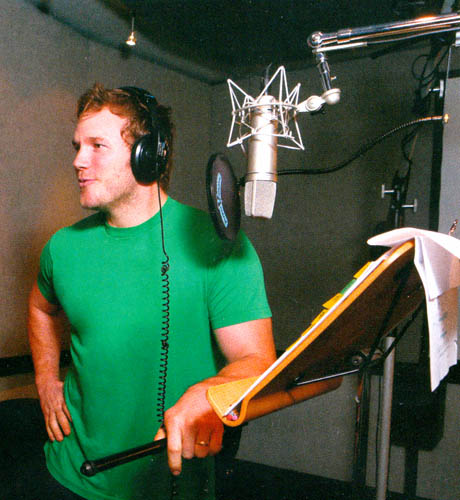I have to dive in and out of this for the afternoon. I have to play “real life.”
a specific process involving compression
Do you wear good quality, sealed-on-the-head headphones during the performance?

Your microphone has provision for that in the bottom. You can’t use wireless headphones.
That and an occasional glance at the blue waves will go a long way to not needing volume-correcting compression. You can hear yourself getting louder and softer in real time and make positioning and sometimes unconscious corrections as you go. A couple of chapters in and you don’t even think about it any more.
There is a New User “joke” that you get to the end of your first book, make a face, and re-read the first couple of chapters.
Do you have a method of publicly posting good quality voice work longer than ten seconds?
This is a segment from another posting about making sound files.
Koz